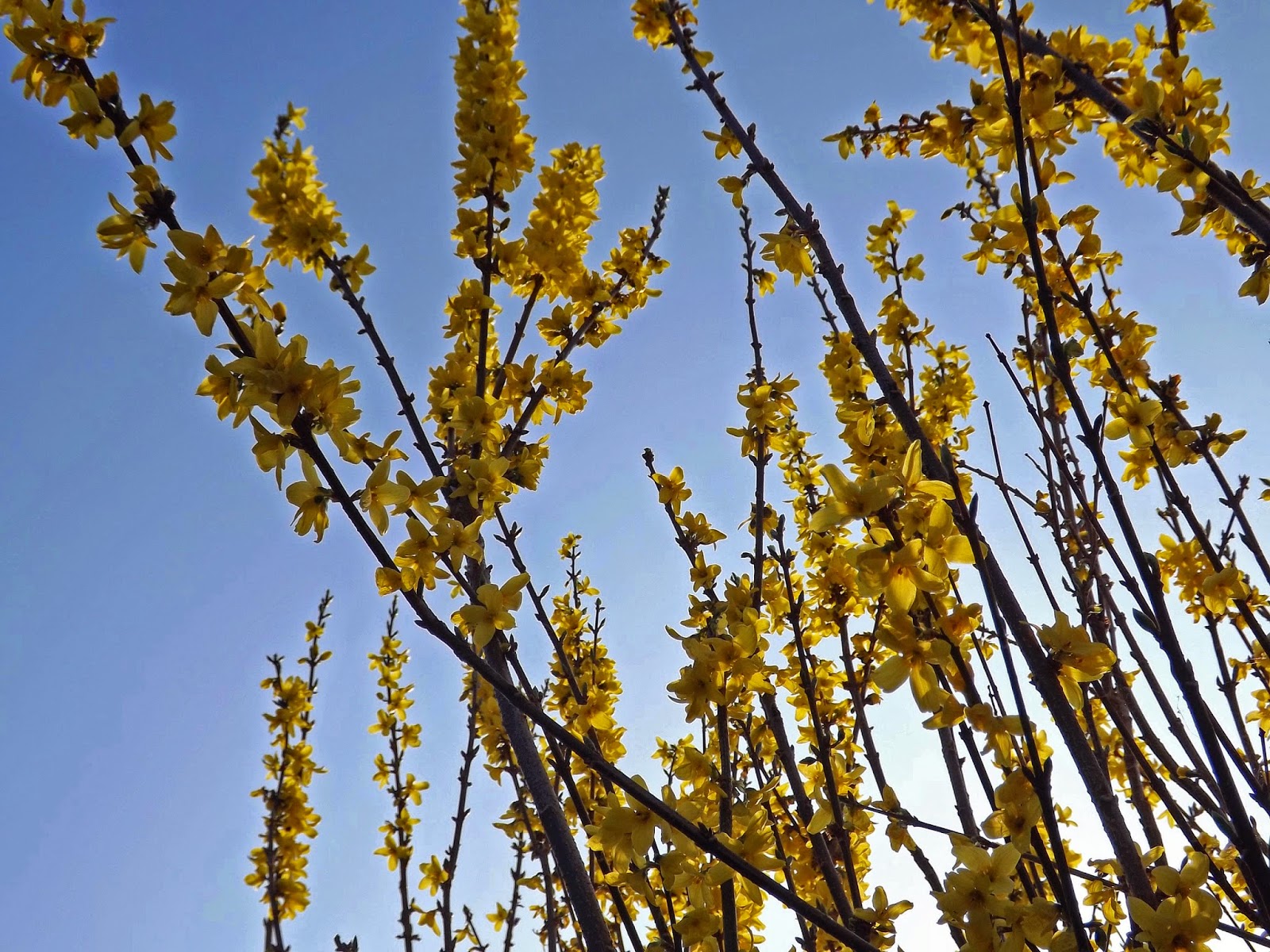Blackflies versus the Ladybirds
Due to the warm, damp spring and hot and humid summer this year, the blackfly have been a real pest on the runner beans and courgettes, destroying the flowers before they have a chance to properly produce their fruits.
I prefer my veg to be grown organically which means avoiding the use of chemicals but trying to give nature a gentle helping hand if possible by encouraging beneficial conditions.
Ways of reducing blackfly are by spraying with water (trying to find a balance between blasting off the blackfly but not destroying the plant) or squishing the pests with your fingers. I'm a bit squeamish about the squishing option although I'll sometimes try and rub them all off with the help of a cotton bud.
One of the reasons for not going down the chemical route is that it doesn't just affect the pest in question, but it can have a knock-on effect down the food chain in general - one creature's predator is another creature's food source... So, my patience has paid off and several ladybirds have now taken up residence amongst the beans and courgettes and the blackfly population is noticably decreasing every day.
The blackfly are supported by ants because they like to feed on the honeydew produced by aphids. In return, the ants will do their best to protect the aphids against predators. I have seen one or two ants trying to nibble on the ladybirds' legs (or that seems to be what they're doing) but it doesn't seem to put the ladybirds off at all - I'm hoping in the end that the ants will decide they are fighting a losing battle and just give up. Then my courgette and bean plants can recover and hopefully the ladybirds will move on to the rhubarb which is currently undergoing the same fate.





Comments
Post a Comment